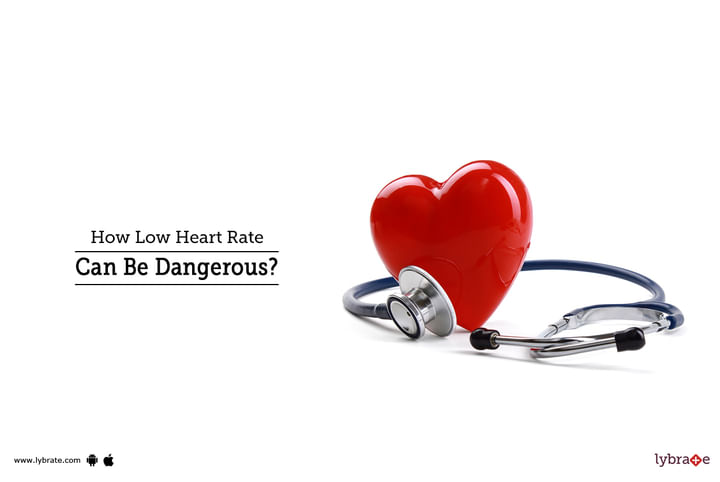How Low Heart Rate Can Be Dangerous?
A low heart rate, known as bradycardia, is common in adults. As you age, the electrical system of the heart undergoes wear-and-tear, and the normal rhythm of your heart slows down. In most cases, it does not seem like a serious condition. However, if your heart rate slows down considerably, you might want to check up with your doctor at the earliest.
How slow is too slow?
A normal heart rate ranges from 60 to 100 beats every minute, while awake. People with bradycardia experience heart rate below 60 beats per minute even when active or awake.
A low heart rate results from malfunctioning of the heart’s natural pacemaker – the sinus node. It controls how fast the lower and upper heart chambers pump blood throughout your body. Bradycardia is also likely to occur when the two chambers of the heart do not synchronise, as a result of which the heart rate drops.
How dangerous could a low heart rate be?
For most people, particularly endurance athletes and others who are involved in rigorous physical activities, a heart rate below 60 bpm is healthy and normal. As long as you do not experience the following symptoms, there are no reasons for you to worry –
-
Low stamina
-
Lack of energy
-
Weakness and dizziness
-
Chest pain
-
Heart palpitations
-
Memory problems/confusion
These symptoms usually manifest when your heart rate drops below 30 bpm. In that case, bradycardia may pose a danger to your heart health. Your brain might not receive sufficient supply of oxygen, leading to breathlessness, lightheadedness, fainting etc. Moreover, if blood starts to accumulate in your heart chambers, you might be at risk of congestive heart failure.
If you complain about bradycardia symptoms, your doctor is likely inquire about your usual activities and perform a physical exam. Following that, an ECG might be needed to monitor your heart’s electrical signals to see if they are working fine. Over time, a 24-hour wearable monitor can tell how well your heart is performing.
The doctor will decide on a line of treatment – medications, pacemaker implantation, or a surgery – after evaluating your heart’s performance, and determining whether the condition is serious enough to pursue treatment.


+1.svg)
